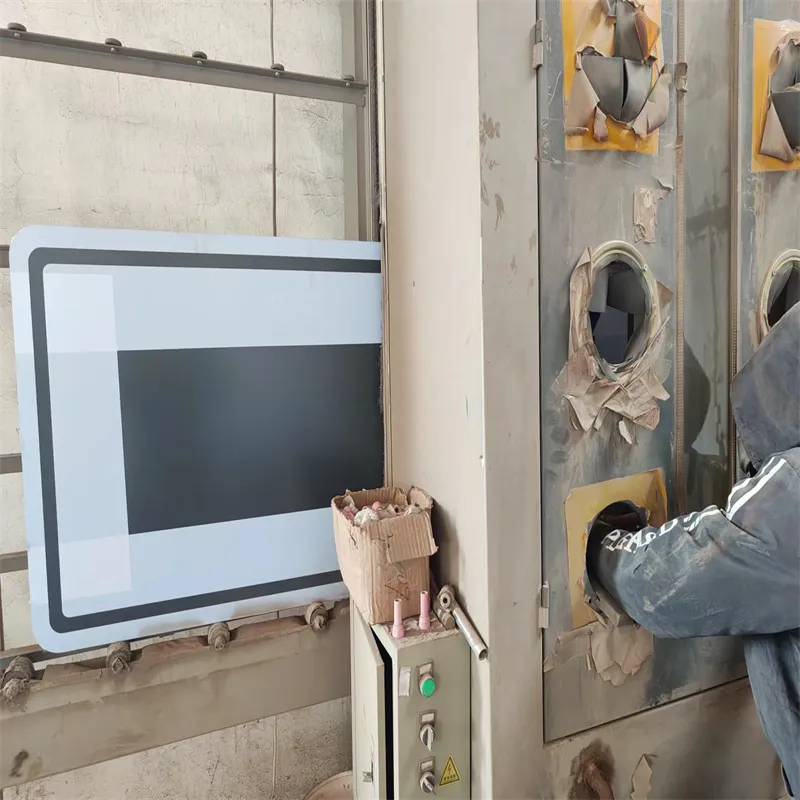Dec . 03, 2024 15:34 Back to list
sandblasting engraving
Understanding Sandblasting Engraving Techniques and Applications
Sandblasting engraving, also known as sandblasting etching or abrasive blasting, is a versatile technique that utilizes high-pressure air to propel sand or other abrasive materials against a surface to create designs, patterns, or engravings. This method has gained popularity in various industries due to its efficiency, precision, and ability to produce detailed and intricate designs. In this article, we will delve into the process of sandblasting engraving, its applications, and its advantages over other engraving methods.
The Sandblasting Process
The sandblasting process begins with the preparation of the workpiece. Typically, materials such as glass, metal, stone, and plastic are used, as they can withstand the abrasive action of sand. The surface of the material is often cleaned and pre-treated to ensure optimal adhesion of the final design.
Once the surface is ready, a stencil or mask is applied to the workpiece. This stencil protects specific areas of the surface while allowing others to be blasted. Various stencil materials can be used, including vinyl and rubber, and the choice depends on the desired level of detail and the type of surface being engraved.
The sandblasting apparatus usually consists of a blast nozzle to direct the abrasive material, a compressor to provide the necessary air pressure, and a media container from which the abrasive material is drawn. Commonly used abrasives include silica sand, aluminum oxide, glass beads, and walnut shells, each providing different effects on the surface finish.
As the compressed air propels the abrasive material towards the workpiece, it erodes the exposed areas, creating a permanent engraving. The depth and intensity of the engraving can be adjusted by controlling the air pressure, the distance from the nozzle to the surface, and the type of abrasive used. The result is a crisp, clean design that can range from simple text to intricate images.
Applications of Sandblasting Engraving
Sandblasting engraving finds applications across various sectors due to its adaptability and effectiveness. Some of the most common uses include
1. Glass Etching One of the most popular applications, sandblasting creates beautiful, frosted designs on glass surfaces. This technique is widely used for decorative glassware, awards, and architectural elements such as windows and doors.
2. Tombstones and Memorials In the memorial industry, sandblasting is used to engrave names, dates, and intricate designs on headstones, allowing families to commemorate loved ones with personalized tributes.
sandblasting engraving

3. Industrial Parts In the manufacturing sector, sandblasting engraving is employed to mark parts with serial numbers, company logos, or other identifiers. This process is efficient and can be scaled to accommodate large production runs.
4. Signage Sandblasting is extensively used for creating signs, decorative plaques, and billboards. The sharp, durable engravings ensure that the signage remains legible and visually appealing over time.
5. Artistic Applications Artists often utilize sandblasting to create detailed sculptures and artwork on various materials. The technique allows for unique texture and depth that is difficult to achieve with traditional methods.
Advantages of Sandblasting Engraving
Sandblasting engraving offers several advantages compared to other engraving methods, such as laser engraving or chemical etching. These include
- Versatility Sandblasting can be used on a wide array of materials, making it suitable for various applications.
- Durability The engravings produced through sandblasting are typically more resistant to wear and aging, ensuring they maintain their appearance over time.
- Cost-Effectiveness For larger volumes, sandblasting can be more economical than other engraving techniques, especially when dealing with flat surfaces or bulk items.
- Speed The process allows for rapid production, significantly reducing turnaround times for engraving projects.
Conclusion
In conclusion, sandblasting engraving is a powerful technique that combines artistry with technology, producing stunning engravings across multiple industries. Whether for decorative purposes, memorial inscriptions, industrial applications, or artistic creations, sandblasting offers an unparalleled level of detail and durability. As technology advances, the possibilities for sandblasting engraving continue to expand, making it an invaluable tool for craftsmen and manufacturers alike.
-
Safety and Style with Premium Laminated Glass Solutions
NewsJun.24,2025
-
Reinvents Security with Premium Wired Glass
NewsJun.24,2025
-
Premium Float Glass Line for Modern Architecture
NewsJun.24,2025
-
Low Emissivity Glass for Energy-Efficient Architecture
NewsJun.24,2025
-
High-Performance Insulated Glass Solutions for Modern Architecture
NewsJun.24,2025
-
Elevates Interior Style with Premium Silver Mirror
NewsJun.24,2025
Related PRODUCTS














